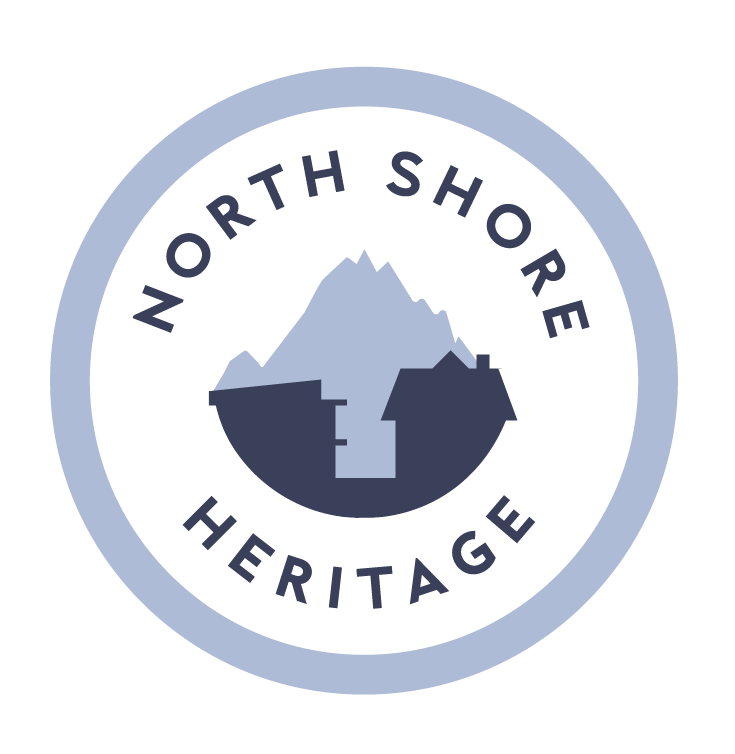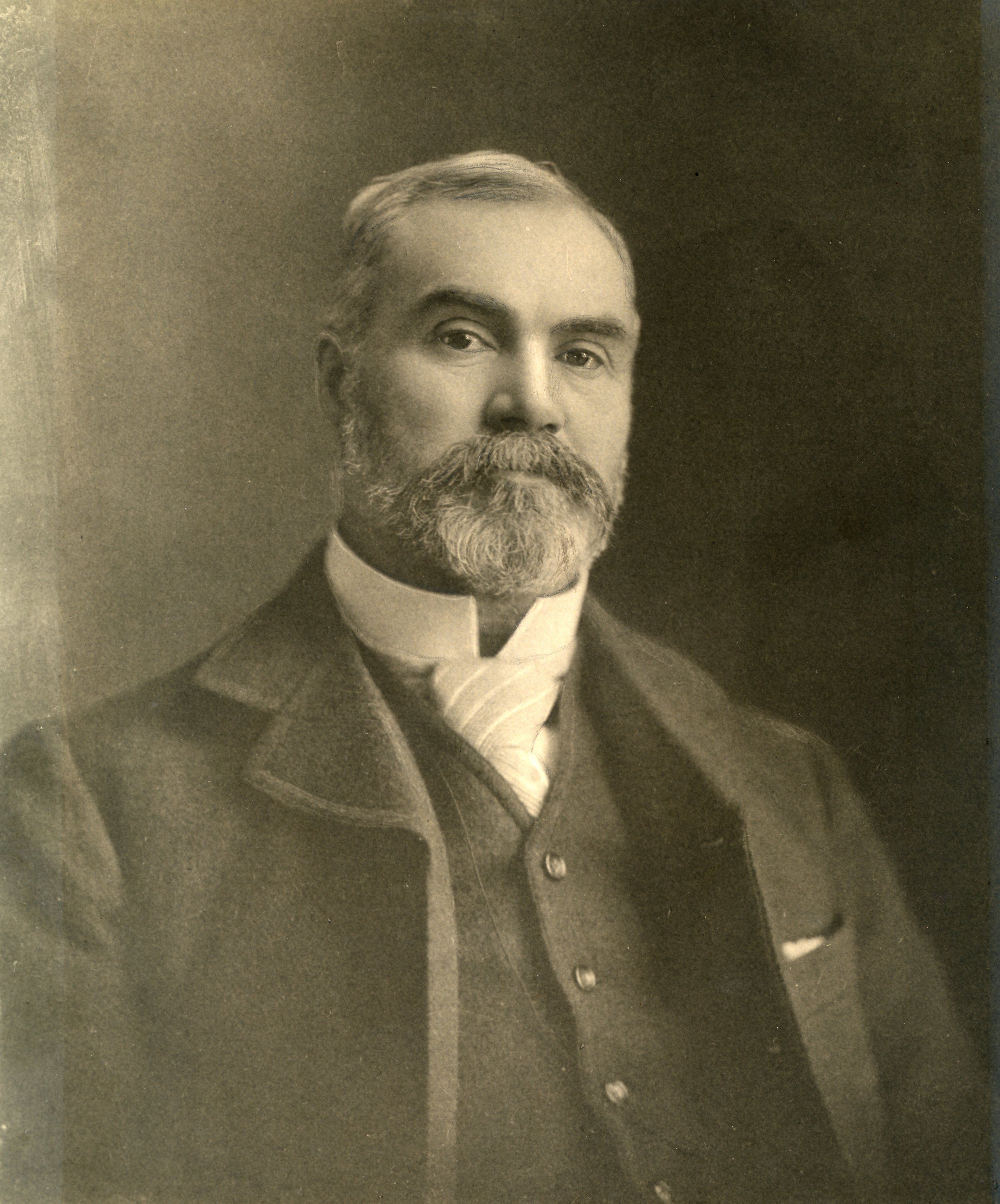The previous blog piece I wrote was about North Shore sidewalks. It addressed the question as to why some streets have them and others don’t. And that got me thinking about North American streets and avenues. Why do some have numbers and others have names? Numbered streets come with no history, controversy or baggage, being completely neutral and based on the grid system. They are often defined as north, south, east, west, and that requires a baseline street. In North Vancouver the East-West base line is Lonsdale Avenue, an impressive, long High Street that started life as a rough logging road and climbs uphill from the Lower Lonsdale waterfront to the Upper Lonsdale mountainside. So, I decided to start with Lonsdale to see where it would take me with some of the street names in North Vancouver.
The name Lonsdale comes from the Lonsdale Estates Company of 1882, the roots of the company being in Shropshire, England with the wealthy British landowner and investor Arthur Pemberton Heywood-Lonsdale, an Etonian who went on to Oxford and Balliol College and then studied law at Lincoln’s Inn, London. Arthur invested significantly and successfully into a far away land that would become known as North Vancouver. But Arthur never came here to visit the land that gave him such lucrative returns!
Arthur started out life as Arthur Lonsdale but in order to inherit a very large fortune from his maternal uncle, John Pemberton Heywood, he had to petition to change his name through a Royal License from the British College of Arms in order to comply with a clause in the will which required him to assume the name and arms of his uncle so that the name Heywood could live on.
Shropshire, where Arthur was born in 1835 and died in 1897, sits east of Wales and south of Cheshire with the principal town being Shrewsbury. I have been there and it is a charming old market town with medieval half-timbered buildings. Thirty-five kilometers north lies the village of Adderley, where Arthur was born, with just along the road, the villages of Whitchurch and Calverhall and also Cloverley Hall, the home of the uncle who would leave him a fortune.
This fortune would allow him to buy Shavington estate with its enormous, grand hall that was demolished in 1959. But, just like here on the North Shore, efforts are being made to save old structures. In July 2019, the Shropshire Star reported that: “The Shavington And Cloverley Estate wants to carefully restore the heavily rotted boathouse at Cloverley Hall, Calverhall, near Whitchurch.”
Next time you find yourself in the area to the east of Grand Boulevard and you see, Adderley, Calverhall, Cloverley, Shavington and Whitchurch, you will know where and from whom the street names came.
After Arthur’s death in 1897, his son Henry Heywood-Lonsdale inherited Lonsdale Estates while Arthur’s nephew James Pemberton Fell - whose mother was a Lonsdale - managed the company in North Vancouver but resided in Shaughnessy.
Lt-Col J.P. Fell, Image Courtesy of MONOVA/North Vancouver Archives. INV 9826
Lonsdale Estates bought up large areas of North Vancouver that became streets with Lonsdale family-associated names. Examples include Fell Avenue, Pemberton Avenue, Pemberton Heights and Heywood Park while a Heywood Street lies below East Keith.
Above Heywood Park is Hamilton Heights named after Henry’s wife, Mabel Hamilton. A North Vancouver area named after a woman - in this case, a woman in England who never set foot here - was unusual. The lack of responsibility or even curiosity about where the investment profits came from continued as Henry, like his father, never came to North Vancouver. But then it has been asserted that the circumstances around the source of their profits in other areas were ignored in the pursuit of financial gain.
However, James seems to have been interested in North Vancouver as in 1907, he was actively involved with the incorporation of the City of North Vancouver, as was an Edward Mahon, the name behind the park and street. Less than a decade later James joined the fight in the Great War for Canada as Lieutenant-Colonel J.P. Fell. The armoury on Forbes Avenue, situated on the edge of Mahon Park, bears his name and is a recognized Federal Heritage Building.
The Lieutenant-Colonel J.P. Fell Armoury. The Armoury built 1914, situated on Forbes Avenue at the edge of Mahon Park also established 1914 as a track. Photo courtesy of Colin Lawrence.
The Plaque with J.P. Fell’s name – James Pemberton Fell, nephew of Arthur Pemberton Heywood-Lonsdale who established Lonsdale Estates in 1882 with James as the local agent. Photo courtesy of Colin Lawrence.
James fought for Canada in Flanders during WWI so a local power-of-attorney was arranged in his absence by James and Henry and given to the Lonsdale-Estates office manager, Edward Harry Bridgman, whose name lives on in Bridgman Park.
James had a son, James Michael Gardner Fell, who would go on to lead a completely different life that did not include the family business. He attended elementary school in Vancouver and although he was packed off to Eton to complete high school, he came back and graduated from U.B.C then went on to an accomplished academic life in the U.S.
Johnny Cash sang a song about a boy named Sue. Here, in North Vancouver, there was a man named Sue – Sewell Prescott Moody, the name behind Moody Avenue that runs parallel to Lonsdale five blocks east and Moodyville Park, at 2nd Street and Moody, is named after the original Moodyville sawmill.
Moodyville Park today. Photo courtesy of Colin Lawrence.
Moody was an American entrepreneur who recognized an opportunity in raw lumber export and set up the sawmill and a community, a company town, on Burrard Inlet midway between Lonsdale and the Ironworkers’ memorial bridge where Low Lever Road runs today. Beyond some photos and accounts, no trace of Moodyville now exists but it was the first organized settler community on the North Shore. Moody is believed to have drowned in November 1875 off Cape Flaherty in a vessel collision enroute to San Francisco. Seven years later the sawmill’s remaining partners needed an influx of financial support to keep going and the newly arrived Lonsdale Estates provided a mortgage in 1882.
Photo of Sewell Prescott Moody, Image Courtesy of MONOVA/North Vancouver Archives. INV 13370
Around that time, Hugh Nelson, who had been a partner of Sewell Prescott Moody, left the company to pursue a political career eventually becoming a Lieutenant-Governor of BC, with the town of Nelson named after him. Nelson’s legacy with Moodyville was the first installation in the Canadian west of electric lights, installed to allow night-time loading of lumber onto ships. When Arthur died in 1897, it was pay-back time to Lonsdale Estates on the mortgage for Moodyville and as it could not be met by its current owners, the land became the property of Lonsdale-Estates. But they were not the only land investors in town…
Photo of Hugh Nelson, Image Courtesy of MONOVA/North Vancouver Archives. INV 13372
The other significant land company at the time was the North Vancouver Land and Improvement Company, incorporated in 1891, with the principal shareholder, an Anglo/Irish man named John Mahon who appointed his younger brother Edward to go to North Vancouver as company president. Their Irish family seat is Castlegar. If you are Irish, or have a Scottish background as I do, you will know that Edward would have pronounced his name as Mann rather than MaHon.
The track at Mahon Park today. Photo courtesy of Colin Lawrence.
Other shareholders in the company were two Scotsmen J.C. Keith and J. Balfour Ker.
Photo of James Cooper Keith, Image Courtesy of MONOVA/North Vancouver Archives. INV-106-15-2
As is noted in the September 2021 North Shore Heritage blog piece by Kyla Gardiner, the distinctive heritage home that anchors the east end of Ottawa Gardens at 214 West 6th Street, was built in 1907 as a show home by the North Vancouver Land & Improvement Company for its Ottawa Gardens development and it is further noted that the company went on to develop the jewel in the crown of North Vancouver City, Grand Boulevard.
On July 1, 1907, at the incorporation of the City of North Vancouver, there is an archival photo of the City Fathers and invited dignitaries with Edward Mahon in the front row.
Photo of the City Fathers, 1907. Edward Mahon age 45 seated 2nd from right. Image Courtesy of MONOVA/North Vancouver Archives. INV- 96
At the south end of Grand Boulevard is Keith Road named after James Cooper Keith. As well as a road in his name, there is the 1908 Keith Block at 93 Lonsdale and a house built in 1909 by J. Balfour Ker still stands at 457 East 13th.
Photo of Keith Block, 93 Lonsdale Avenue, Image Courtesy of MONOVA/North Vancouver Archives. INV – 9248.
Keith Block today with a cameo by the author, Anne-Marie Lawrence. Photo courtesy of Colin Lawrence.
457 East 13th, Image courtesy of Colin Lawrence
Following East Keith, across Lonsdale to West Keith Road, past Queen Mary School and then down the hill, you can turn north onto Mahon Avenue. One block west on Jones Avenue at 16th is Mahon Park with both the street and park named after Edward. The North Vancouver Land Improvement Company had sold the land for the park to the City of North Vancouver and the park began with a running track in 1914. Beyond the track, on the edge of the park and constructed in the same year of 1914, is the armoury named after James Pemberton Fell, a member of the Lonsdale family, bringing together at the same location, Lonsdale Estates and the North Vancouver Land and Improvement Company.
In this blog piece about North Vancouver streets and parks’ names the people and places are:
Edward Harry Bridgman, James Pemberton Fell, Mabel Hamilton, James Cooper Keith. Arthur Pemberton Heywood-Lonsdale, Henry Heywood-Lonsdale, Edward Mahon, Sewell Prescott Moody.
Their namesake streets and parks are: Adderley, Bridgman, Calverhall. Cloverley, Fell, Hamilton, Heywood, Keith, Lonsdale, Mahon, Moody, Pemberton, Shavington, Whitchurch.
I have just covered a very small portion of street names on the North Shore. There are so many more with equally fascinating histories! Don’t you agree that the street names mean so much more when you know their origin?












